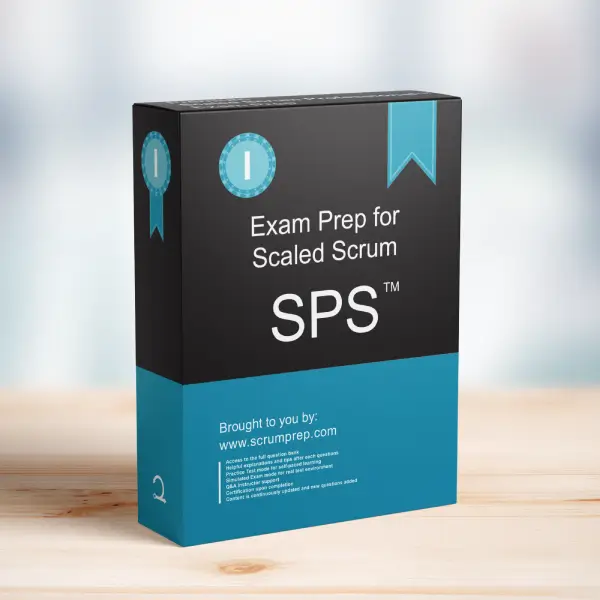Improving Integration Frequency in a Nexus
To address the issue of delayed integration in a Nexus, where four teams typically integrate their work only once late in the Sprint, it is essential to adopt practices that promote more frequent and efficient integration.
Exam Question
Four teams in a Nexus typically integrate their work only once, late in the Sprint. The teams report that it takes many hours or days to integrate their work, which delays the Sprint’s end. To address this issue, which of the following would help?
(choose the best answer)
A. Using Behavior-Driven Development.
B. Integrating more frequently.
C. Doing more exploratory testing.
D. Doing more acceptance testing.
E. Investing in more Requirements Traceability.
F. All of the above.
Correct Answer
B. Integrating more frequently.
Explanation
Correct Answer
B. Integrating more frequently:
Frequent integration is a fundamental practice in Scrum and Nexus that helps to identify and resolve integration issues early and often. By integrating more frequently, teams can reduce the time and effort required to integrate their work at the end of the Sprint. This practice aligns with the principles of continuous integration, where code is integrated into a shared repository several times a day, and each integration is verified by an automated build and tests to detect integration errors as quickly as possible.
Why the Other Options Are Less Effective
A. Using Behavior-Driven Development:
While Behavior-Driven Development (BDD) can improve the quality of the code and ensure that it meets the requirements, it does not directly address the frequency of integration.
C. Doing more exploratory testing:
Exploratory testing helps discover issues that automated tests might miss, but it does not solve the problem of infrequent integration.
D. Doing more acceptance testing:
Acceptance testing ensures that the product meets the acceptance criteria, but like exploratory testing, it does not address the need for more frequent integration.
E. Investing in more Requirements Traceability:
Requirements traceability ensures that all requirements are covered by tests, but it does not directly influence the integration frequency.
F. All of the above:
While all these practices can contribute to better overall quality and integration, the most effective and direct solution to the problem of late integration is to integrate more frequently.
Benefits of Frequent Integration
- Early Detection of Issues: Frequent integration helps detect and resolve integration issues early, reducing the risk of significant problems at the end of the Sprint.
- Continuous Feedback: Teams receive continuous feedback on the state of the integration, allowing them to make necessary adjustments promptly.
- Reduced Integration Time: By integrating more often, the time required for each integration is reduced, making the process more manageable and less stressful.
Relevance to the SPS Exam
Understanding the importance of frequent integration and its benefits is crucial for the SPS exam. This knowledge demonstrates the ability to apply scaled Scrum practices to real-world scenarios, ensuring that large-scale projects are managed efficiently.
Key Takeaways
- Frequent integration is essential for reducing the time and effort required to integrate work at the end of the Sprint.
- Continuous integration aligns with Scrum principles and promotes early detection and resolution of integration issues.
- Other practices like BDD, exploratory testing, and requirements traceability are valuable but do not directly address the need for frequent integration.
Conclusion
To improve the integration process in a Nexus, it is vital to integrate more frequently. This practice helps ensure that integration issues are identified and resolved early, leading to more efficient and effective Sprints. For more information on preparing for the SPS exam, visit our Scaled Professional Scrum SPS™ Exam Prep.



